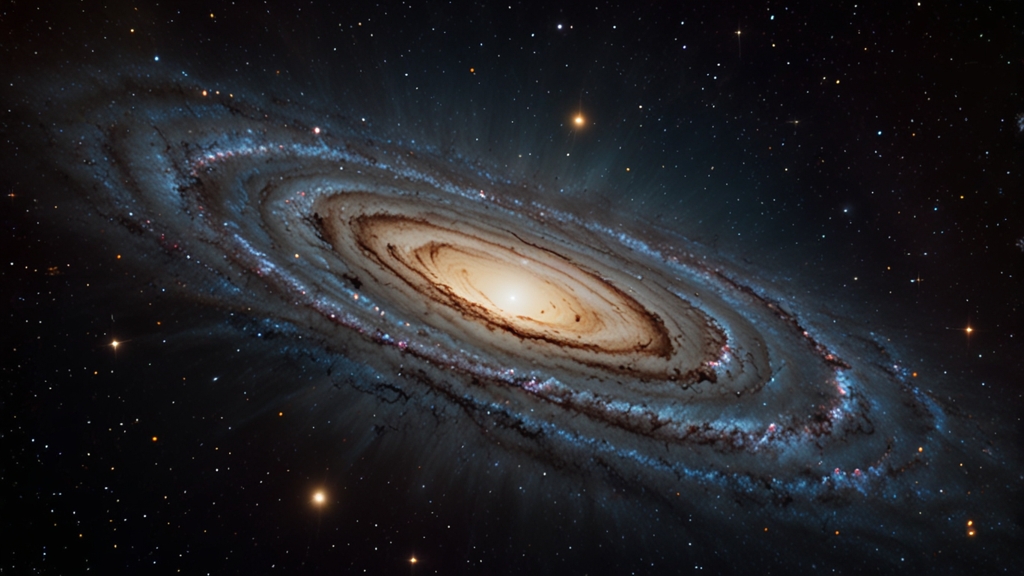Astounding Fun Facts About the Universe
The universe is a vast and mysterious place, filled with wonders that boggle the mind and stretch the limits of our imagination. From the tiniest subatomic particles to the largest galaxies, the cosmos holds secrets that continue to fascinate scientists and laypeople alike. Here are some astounding fun facts about the universe that are sure to ignite your curiosity and inspire awe.
The Unfathomable Size of the Universe
The universe is incredibly vast. To put this into perspective, the observable universe is about 93 billion light-years in diameter. That means that light, which travels at approximately 186,282 miles per second, would take 93 billion years to traverse from one edge of the observable universe to the other. And remember, that's just the part we can observe! The actual universe could be infinitely larger.
Dark Matter and Dark Energy
Did you know that the majority of the universe is made up of stuff we can't even see? About 27% of the universe is composed of dark matter, which doesn't emit, absorb, or reflect light, making it invisible and detectable only through its gravitational effects. Even more mind-blowing is that roughly 68% of the universe is made up of dark energy, an enigmatic force driving the accelerated expansion of the universe. That leaves only about 5% of the universe that is made up of normal matter, the stuff we can see and touch!
"Somewhere, something incredible is waiting to be known." – Carl Sagan
Black Holes Are Not Empty Voids
Contrary to popular belief, black holes are not empty voids. They are incredibly dense regions of space where the gravitational pull is so strong that not even light can escape. At the core of a black hole lies a singularity, a point where matter is thought to be infinitely compressed. The boundary around this singularity is known as the event horizon. Once something crosses this boundary, it is said to be "sucked" into the black hole, never to return.
Neutron Stars Are Incredibly Dense
Neutron stars are the remnants of supernova explosions and are incredibly dense. These stellar remnants are composed almost entirely of neutrons and pack more mass than our Sun into a sphere with a diameter of just about 12 miles. To visualize their density, consider this: a single teaspoonful of neutron star material would weigh about 6 billion tons on Earth!
"The cosmos is within us. We are made of star-stuff. We are a way for the universe to know itself." – Carl Sagan
The Boötes Void: A Cosmic Void
The Boötes Void is one of the largest known voids in the universe, stretching roughly 330 million light-years across. This colossal area of space is almost entirely devoid of galaxies, making it an astronomical curiosity. It contains only a few dozen galaxies, whereas an average region of its size would typically contain thousands.
The Speed of Light and Cosmic Distance
The speed of light is a universal constant and serves as the cosmic speed limit. It plays a vital role in our understanding of time and space. When we observe distant celestial objects, we're actually looking back in time. For instance, light from the Andromeda Galaxy, the closest spiral galaxy to the Milky Way, takes about 2.537 million years to reach us. This means we see Andromeda as it was over 2.5 million years ago.
Conclusion
The universe is a treasure trove of astonishing phenomena and enigmatic mysteries. From the mind-boggling distances between celestial objects to the unseen forces like dark matter and dark energy, there's always something new to learn and marvel at. Each discovery brings us closer to understanding our place in the cosmos and the fundamental nature of reality. So, the next time you look up at the night sky, remember that you're gazing into a universe full of wonders waiting to be explored.








